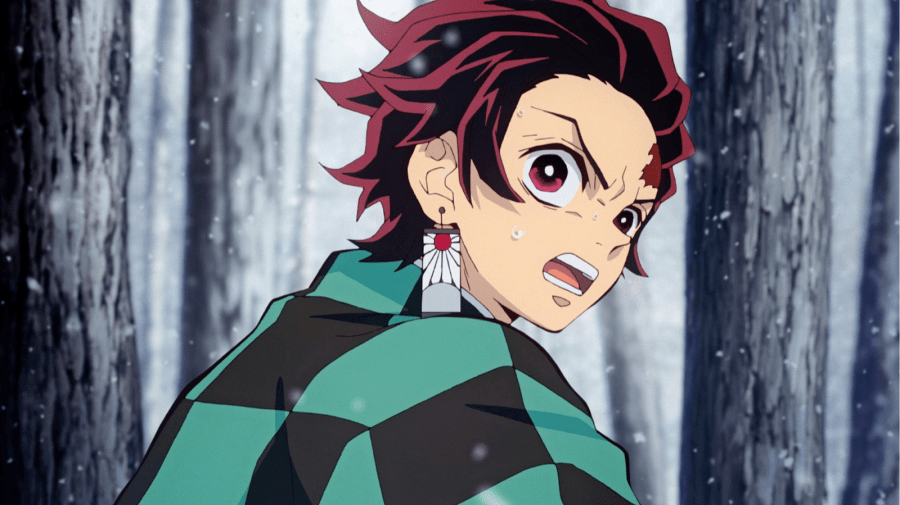
To start a debate at any anime convention, you just need three little words: Subbed or dubbed? Fans in subbed shows — anime in its original Japanese-language form with English subtitles — believe it’s the truest way to watch. On the other hand, those who watch English dubs believe it’s a perfectly fine means of adapting something — and you don’t need the added step of reading subtitles. So, would you rather watch subbed or dubbed Naruto?
As for me, I may be putting myself in the line of fire here, but both sides of the subbed vs. dubbed debate have a point. Wait — put your torch and pitchfork down. I can explain.
The Subbed or Dubbed Debate: The Case for Subtitles
There’s nothing quite like watching an anime in its original Japanese, and reading the subtitles as they pop up. As Oscar-winning Parasite (2019) director Bong Joon-ho said in his Golden Globes acceptance speech, “Once you overcome the one-inch-tall barrier of subtitles, you will be introduced to so many more amazing films.”
The same could be said for watching anime. Watching with subtitles is my default method for most anime — unless I really love the dubbed version for some specific reason. It’s not that it’s objectively “better,” but it offers what dubbed anime can’t. So, what are those unique offerings?
Original Casting Choices
The Japanese version of an anime has the original voice actors — the people the creators cast in each role. The director chose these voices for a reason. They have a certain tone and personality. Even if you don’t understand the words, you can get the nuance you need from just listening to their voices.
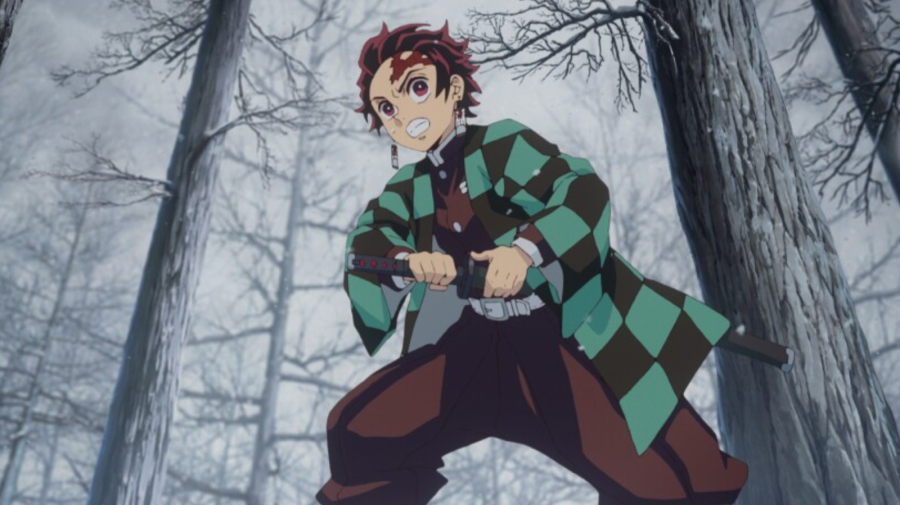
Take Demon Slayer/Kimetsu No Yaiba, one of my favorite anime. The casting is simply perfect. In one scene in the show’s second episode, Trainer Sakonji Urokodaki confronts the young slayer Tanjiro Kamado. As a mentor’s voice should be, his voice is crisp and sharp — it’s forceful like a slap at the end of each sentence. The dubbed version, on the other hand, doesn’t quite get there. The English-language voice actor’s voice is low and grumbly. He’s the grizzled old mentor who’s seen it all — a completely different tone.
The Sound Is the Meaning
Japanese is a pitch-accent language. It emphasizes syllables of a word by making them high or low. If you change the pattern of highs and lows, you can change the meaning of the word entirely.
You might not understand those meanings — I don’t — but the pitch fluctuation is part of the experience. To hear the difference for yourself, listen to the subbed and dubbed versions of the same anime. The experience is richer when you can hear the high-low/low-high pattern of speech.
Script Accuracy
If you watch dubbed Naruto and then the same episode but subbed, you’ll notice something: the translation isn’t always accurate. While small changes might seem insignificant on the surface, it can change things quite dramatically — believe it.
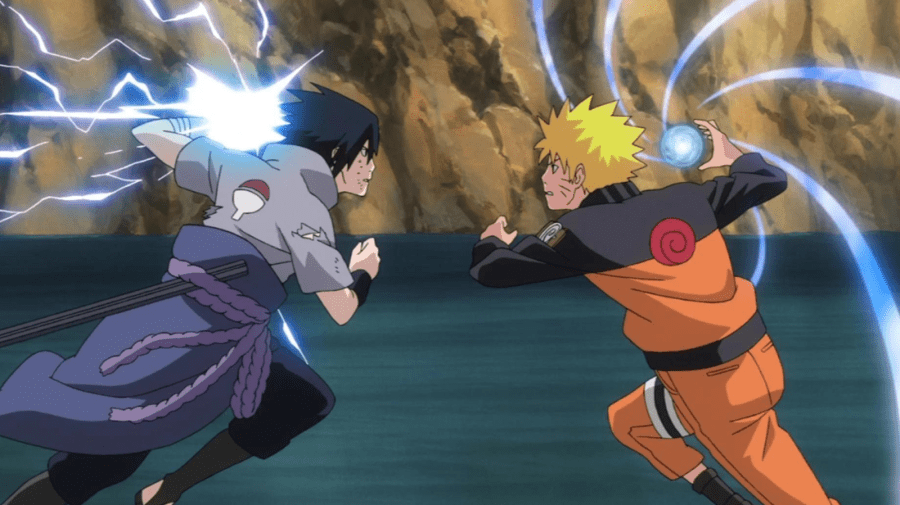
Take the second episode of Demon Slayer, for example. Protagonist Tanjiro is traveling with his sister, who was turned into a demon in Tanjiro’s absence. His trainer doesn’t mince words about the situation, saying, “There are two things to do if our sister devours a human. Kill your sister! And slit your own belly and die! That’s what it means to travel with your sister who became a demon!”
However, in the English dub, things are a bit different. The English script reads: “There are two things you must do if your sister eats a human. First, you kill her. Then slit your own belly and die. That’s what traveling alongside a demon like your sister means.”
Eats versus devours. “A demon like your sister” versus “your sister who became a demon.” They’re small changes, yes, but they alter the original intent.
But Don’t Judge Team Dubbed in the Subbed or Dubbed Debate
Subbed anime may be the original version, but that doesn’t mean it’s always the way to go. Before you give Team Dubbed the side-eye, let’s take a look at why adapting a script into another language might not be all bad.
Voice Cast Variety
Yes, the voice cast in dubbed anime is different, but that’s not always a bad thing. One of my all-time favorite anime, Erased, is about 29-year-old Satoru, a pizza delivery person who has a unique ability, “Revival”. This skill allows him to go back in time, moments before life-altering tragedies struck.
Both casts are talented, but, in this case, the English-language casting is perfect. Satoru’s adult voice is grumbly and pained. You can hear his struggle to find his way in the sound of his voice; when you hear this adult’s inner monologue contrasted against the face of his younger self, it’s incredibly effective.
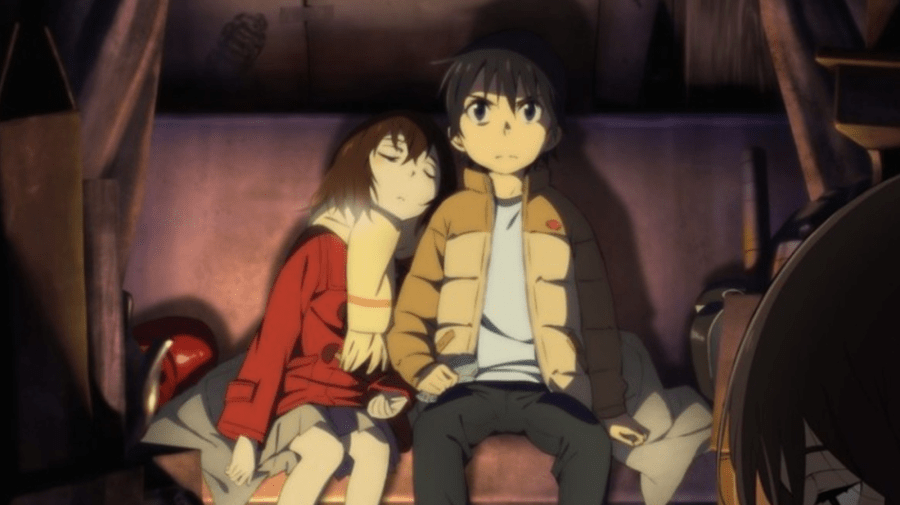
Satoru’s coworker, Airi, is light and perky — a nice balance to our main character’s jaded and monotone sound. His mom, meanwhile, is charmingly flippant and fun, while Little Kayo, the girl who disappears, is quiet and subdued — and for good reason. The characters’ voices are why I almost always re-watch the dubbed version of Erased. Thanks to these wholly convincing performances, I find it easier to lose myself in the story.
The Original Experience
Anime isn’t manga, which is meant to be read — it’s an audiovisual format that’s meant to be watched and heard. When you watch the subbed version, reading the subtitles takes part of your mind out of that experience. Technically, you’re multitasking, which is challenging, to say the least.
When you watch the dubbed version, your brain doesn’t tire so much; there’s no switching back and forth between tasks. Therefore, it’s easier to have a connected emotional experience. It’s the closest you can come to experiencing anime like a native Japanese speaker, in some ways.
Better Accessibility
This is the most important argument for dubbed anime. Not everyone can read subtitles or read them quickly enough to keep up with a show’s pace. And it’s no one’s place to judge what’s accessible or not for another person.
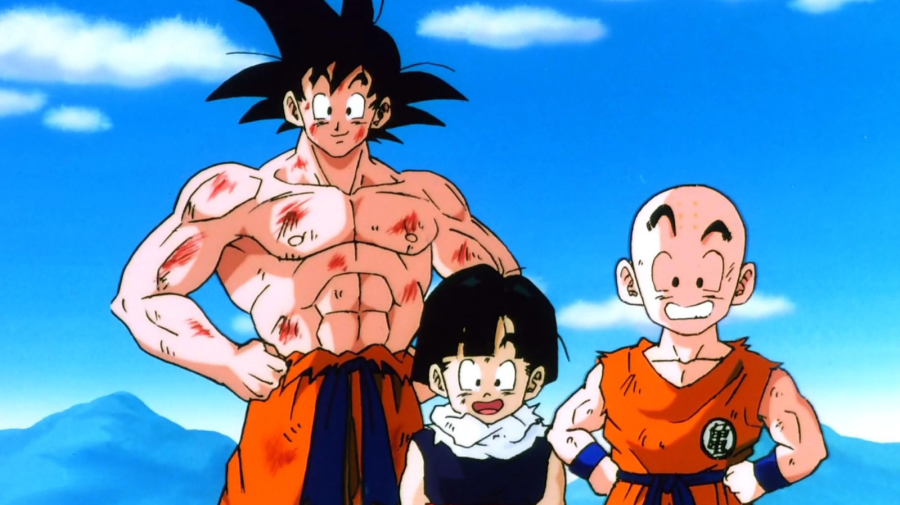
I don’t think “purity” should get in the way of anyone enjoying anime. Plenty of people — children and adults — would never get into anime if dubbed versions of shows weren’t available. Making something more accessible shouldn’t be frowned upon. After all, you never know which stories and characters will profoundly influence someone.
So, How Should I Decide to Watch Anime?
Anime is art — not organic chemistry. There’s no one right answer, no matter what that Deku cosplayer at that con told you. That said, you still have to make a choice — subbed or dubbed? If I have the time, I love to watch the first episode in both formats.
If not, I’ll tend toward subbed versions. Not only do you hear it in the way the director envisioned it, with a script as intact as possible, but it’s the original sound and art working together — and I think that combination can matter.






